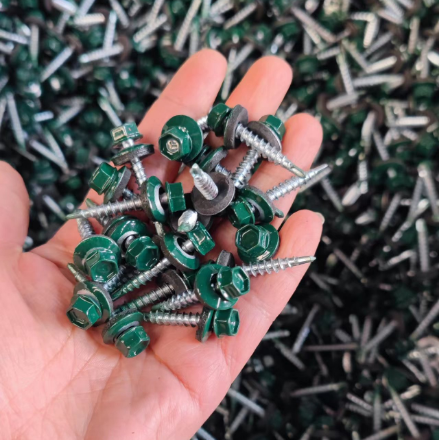Choosing Between Custom Lock Washers and Flat Washers for Your Project
Understanding the Use of Custom Lock Washers and Flat Washers
When it comes to assembling mechanical components, the choice of washers plays a crucial role in ensuring stability and functionality. Two of the most common types of washers are lock washers and flat washers. Choosing between these components can dramatically affect the performance and longevity of the assembly. This article explores the differences between custom lock washers and flat washers, and when to use each.
What Are Flat Washers?
Flat washers are simple, disc-shaped pieces of metal that serve multiple purposes in mechanical assemblies. They are primarily used to distribute the load of a threaded fastener such as a bolt or screw. By providing a larger bearing surface, flat washers help prevent damage to the work surface and the fastener, ensuring a more secure and stable connection. They also help to reduce the risk of loosening due to vibration by providing a cushion against wear.
Flat washers come in various sizes, materials, and thicknesses, allowing for customization based on the specific requirements of an application. They can be made from metals like steel, stainless steel, or brass, as well as non-metal materials such as nylon or rubber for special applications.
What Are Lock Washers?
Lock washers, on the other hand, are designed specifically to prevent loosening of fasteners due to vibration and movement. They achieve this through their unique shapes, which create friction or tension against the fastener and the surface it is being secured to. There are several types of lock washers, including split lock washers, toothed lock washers, and wave washers, each offering varying degrees of locking action.
Custom lock washers can be tailored to meet the specific needs of an application. For example, they can be produced in various sizes, shapes, and materials, allowing engineers and designers to optimize their performance in different environments, whether it be high temperatures, corrosive settings, or heavy loads.
custom lock washer or flat washer first

When to Use Flat Washers First
In many cases, flat washers are used in conjunction with lock washers. The standard practice is often to place a flat washer first, under the head of the bolt or screw, before adding the lock washer. This setup provides a smooth surface for the lock washer to grip against, ensuring more effective locking action. Additionally, the flat washer serves to distribute the load more evenly, protecting the surface from damage.
Flat washers are especially beneficial when dealing with softer materials, as they provide an essential buffer that can safeguard against excessive wear and deformation. When all else is equal, the presence of a flat washer can prolong the life of both the fastener and the components they are securing.
When to Choose Lock Washers First
However, there are situations where a lock washer may be preferred over a flat washer. If the assembly is subjected to significant forces or prolonged vibration, a lock washer placed directly under the fastener can help ensure that the connection remains secure. In some scenarios, a lock washer alone may suffice, given the right conditions.
In specific cases, such as assemblies employing graded fasteners or those requiring stringent safety standards, it might be advisable to use lock washers without flat washers. Consulting engineering guidelines and specifications for such applications is critical.
Conclusion
Choosing between custom lock washers and flat washers is not simply a matter of preference; it involves understanding the dynamics of the assembly and the expected loads and vibrations. By recognizing the distinct functions of these components, assembly professionals can make informed decisions that enhance the reliability and durability of their projects. In many cases, using both in combination is the best approach, allowing for maximum protection and stability. Ultimately, careful consideration of the specific requirements and conditions of each application will lead to better overall performance.
-
Top Choices for Plasterboard FixingNewsDec.26,2024
-
The Versatility of Specialty WashersNewsDec.26,2024
-
Secure Your ProjectsNewsDec.26,2024
-
Essential Screws for Chipboard Flooring ProjectsNewsDec.26,2024
-
Choosing the Right Drywall ScrewsNewsDec.26,2024
-
Black Phosphate Screws for Superior PerformanceNewsDec.26,2024
-
The Versatile Choice of Nylon Flat Washers for Your NeedsNewsDec.18,2024










